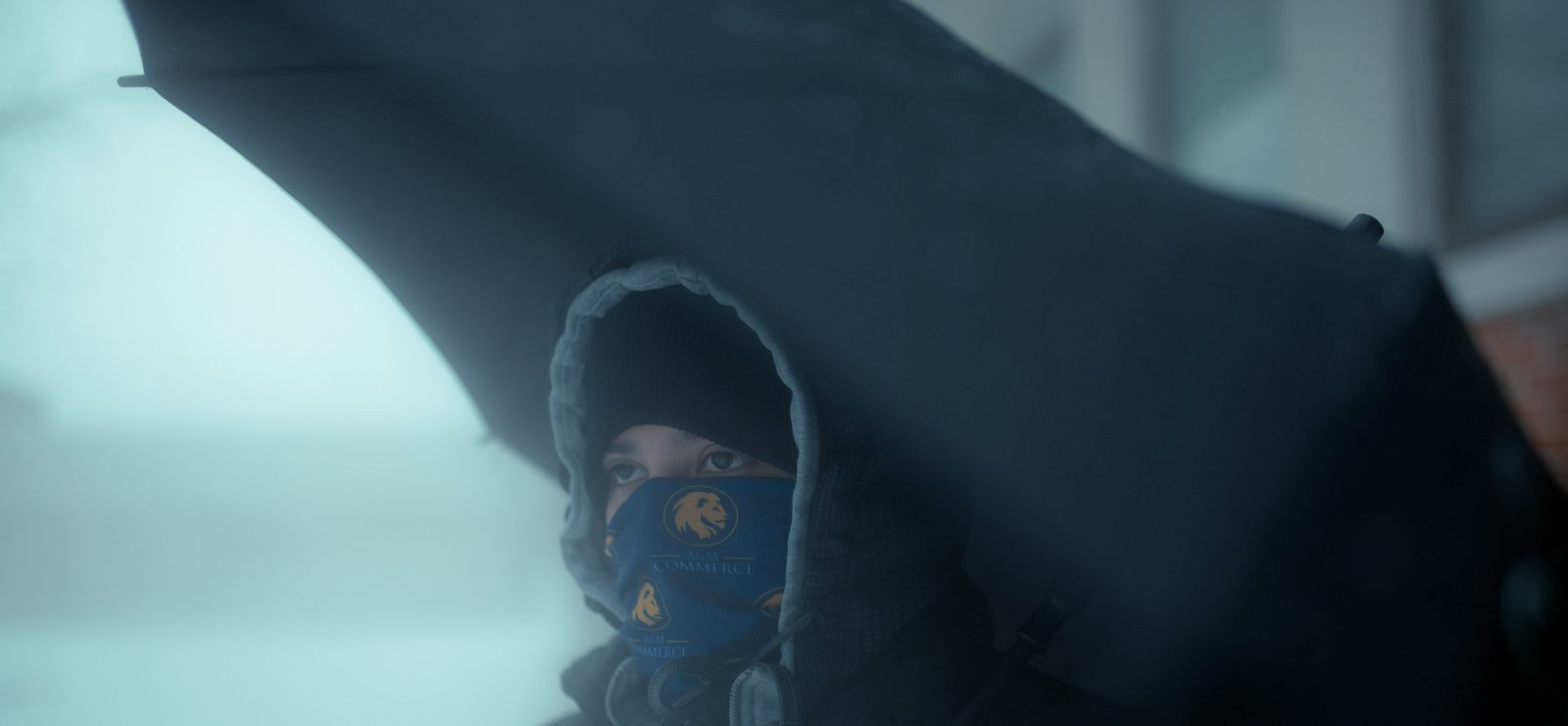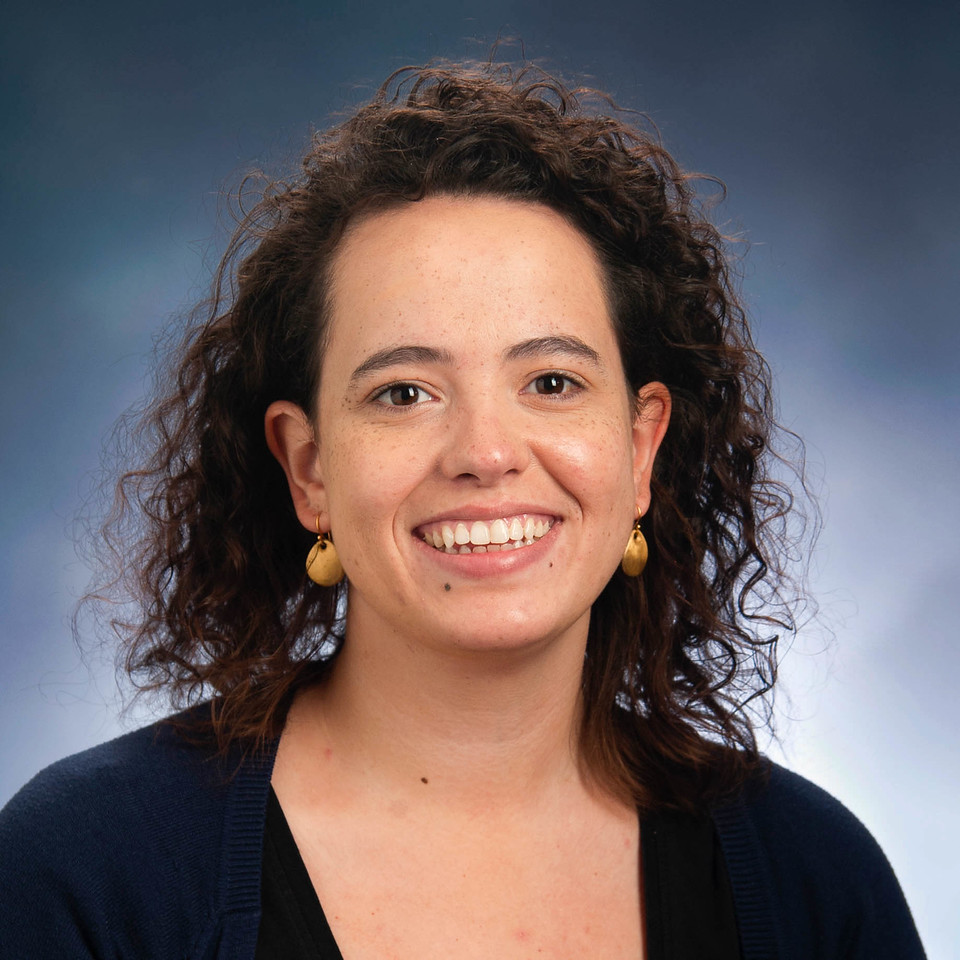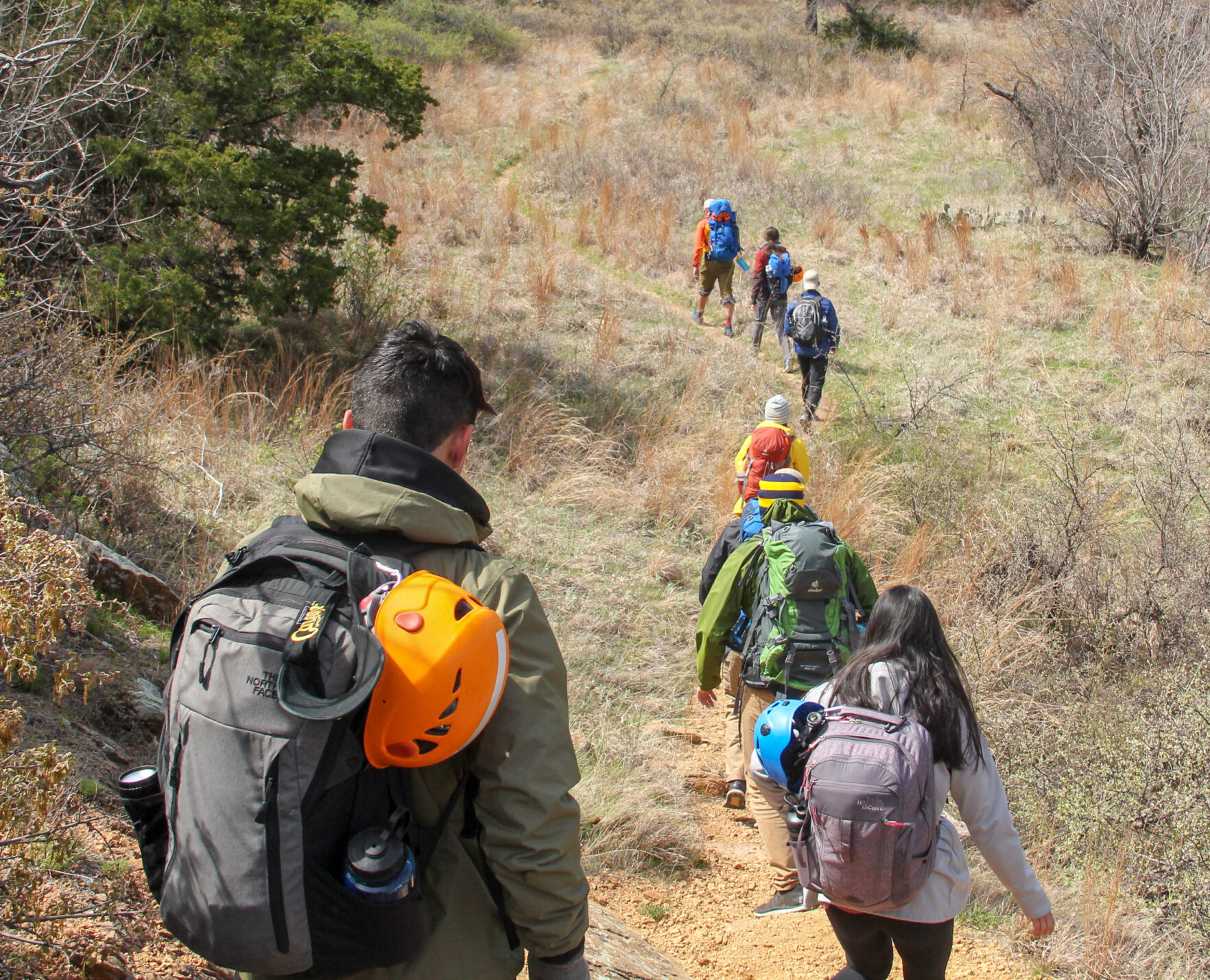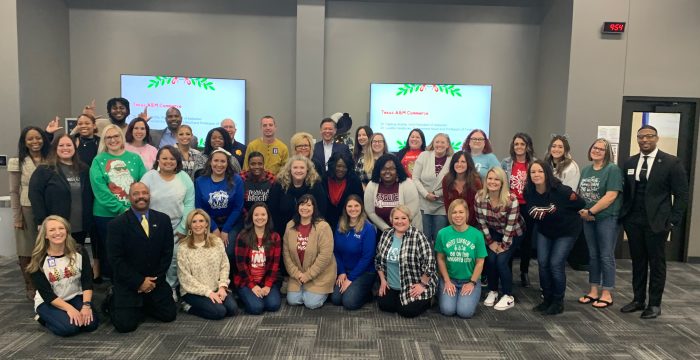
“Winter Blues”: Seasonal Affective Disorder and Tips to Fight It
Winter can be a beautiful season. The air gets colder; the holidays arrive, and a snow flurry might even appear. But for many, the feeling of “Jack Frost nipping at your nose” isn’t always pleasant. In fact, during the colder months, it isn’t uncommon for people to feel somewhat withdrawn, lonely and depressed. In other words, even though it’s a time of year that can be “merry and bright,” some might relate more to the feeling of a “Blue Christmas.”
The winter blues are so common that there is a clinical term for it: “Seasonal Affective Disorder,” or SAD. To better understand SAD, we sat down with Avery Wageman, a licensed professional counselor associate in the Counseling Center at A&M-Commerce. She gave us some insight into what SAD is, how we can notice it in ourselves and practical tips to combat it.
Q&A With Avery
Questions have been edited for length and clarity.

Rachel McShane: Can you tell us a little about yourself and what you do here at A&M-Commerce?
Avery Wageman: I’m a staff therapist here at the Counseling Center. I was a student here at the university and started working in the Counseling Center for my practicum in 2022. Then I worked as an intern and temporary therapist, and now I’m officially a full-time therapist here!
RM: That’s great! What made you want to stay in the university setting?
AW: You know, you get every kind of mental health issue when you’re working in a university setting. If you’re an LPCA (Licensed Professional Counselor Associate), one of your biggest goals is to build up your wheelhouse and work with as many different issues and people as possible. When you do that, you learn what types of things you can handle or what you prefer to work on. College students are at an age where they are dealing with both minor, everyday issues and major, life-changing issues, and they come and talk to me about them. So, in my role here, I help students, but I’ve also gotten an excellent education from them!
RM: Wow, how awesome! Let’s talk a little bit about Seasonal Affective Disorder or SAD. What is it?
AW: SAD is a form of depression that is affected by the changing of the seasons. For example, if you live in a gorgeously sunny state like Texas or Florida, but suddenly the weather and the time changes and you encounter months of darkness and cold, you may notice a difference in your behavior and mental health. You might feel miserable or trapped or just down. Many people know it as the “winter blues,” but don’t let the name fool you: it comes in both winter and summer pattern variations.
RM: There’s a summer SAD, too? Oh wow!
AW: Many people overlook the summer version because the winter pattern tends to be more predominant. The summer pattern is less well-known and is even less researched, but it does happen! It happens at a different time of the year, but the result is the same and can cause severe behavioral and mental changes in how a person operates.
RM: That reminds me that this last summer, when we had record-high temperatures and heat advisories, I felt really depressed most days. My therapist suggested it might be the weather, and that surprised me!
AW: Yes, that’s a perfect example of summer SAD because, at that point in time, we were all in a type of lockdown. When you have 105-plus-degree weather, you’re told to stay inside as much as possible, which is horrible for a person’s mental health!
RM: Oh yeah, I felt that this summer. When do the different patterns of SAD tend to take place? And do people typically feel just one version or the other based on their location, like you mentioned earlier?
AW: It does tend to be primarily location-dependent, but it’s important to remember that that isn't a steadfast rule for every person. Depression can strike anyone at any time, and anyone can feel the effects of SAD at any time in the year. As for the times they take place, though, the summer version tends to begin to affect people in late spring, right around March and can last throughout August and even into September or October. The winter version pretty much picks up where the summer one left off.
RM: What are some of the symptoms of SAD?
AW: It's depression, so watch for things like a loss of interest in activities, a feeling of hopelessness, an increase in fatigue, changes in your sleep patterns, or weight gain or weight loss without any discernable reasons, and of course, thoughts of death or suicide. Not everyone will experience the same symptoms for the same duration, but it is really important to be aware of these things and note if they are beginning to become a pattern or are just a one-off experience.
RM: Is SAD a widespread occurrence in people?
AW: Oh yes! Roughly 10 million people struggle with this.
RM: Wow! That's a lot! Why do so many of us feel this?

AW: Well, there are a lot of underlying reasons, and research is still being conducted to figure out exactly why we feel SAD—is it genetics, or location, or a combination of factors? But one very apparent reason is the sun. People are a lot like plants. I have a Bird of Paradise—a tropical plant that needs constant sunlight to survive. I also have an orchid, which prefers the shade and does very well with little sunlight. People are the same—some require light, and others are fine in the shade. But we all need it. Sunlight causes an increase in serotonin, which is the hormone that regulates our mood. If we are used to getting lots of sunlight and then only receive a few hours of daylight due to weather changes, we will start to wilt, and those feelings of depression can settle in. At this time of year, because of daylight savings, the sun goes down sometimes as early as 5:30! If you work or go to class at 8 a.m., you might only be getting two or three hours of sunlight, on top of trying to readjust your sleep schedule to the time! That can really affect us.
RM: People are like plants—that's a really helpful analogy! How can we recognize if what we feel results from SAD or is something else entirely?
AW: That's a great question. Especially in the winter, with semesters ending and holidays so close together, SAD can be mistaken for burnout, which can also lead to depression. Either way, my best advice is to set a baseline. Think to yourself, “When did I last spend time with my friends and family? When was the last time I felt joy or just simple contentment? When was the last time I slept well or didn’t dread going to class or work? Am I looking forward to anything, or does the world look like doom, gloom and sadness?”
RM: Should we use that baseline to compare what we currently feel? Like I might realize, “Well, in the summer, I felt terrific and spent time with friends, but now that it’s dark and cold, I’m not doing that and am not feeling good.”
AW: Yes, exactly! And you can take note of what has changed. So, to add to your example, you might notice that and then realize, “Well, in the summer, I was getting outside a lot more and seeing more sunlight, but lately, I haven’t seen the sun in a few days.” That baseline can also help you determine if it’s SAD, burnout, or something else entirely.
RM: That makes a lot of sense! What are some practical ways we can combat SAD?

AW: There are lots of options. Engaging in self-care is the best and most important thing. Keep warm in the winter, eat good and nutritious food, drink water, and reach out to your friends. Also, engaging in physical activity and getting your blood rushing are some of the most helpful things you can do to negate the effects of SAD. As I said, sunlight is essential! In winter, we try hard to avoid the cold—we huddle, scurry from place to place, and stay inside. But I always encourage students to get out some! Bundle up and go on the Outdoor Adventure we have here at A&M-Commerce! It’s a beautiful hiking trail that takes 30 minutes. So, give yourself that half-hour unplugged, in the sun, and get fresh air. That will do wonders for your mental health.
RM: That’s really great advice. Are there any final things you’d like to leave students with on the topic of SAD?
AW: Yes, if you feel a shift in your mood, an increase in guilt, worthlessness, helplessness, or hopelessness, come into the Counseling Center and talk to someone. It doesn’t matter if you think that it’s SAD, major depression or something else entirely. It doesn’t need to be a big, huge problem, either. No matter what you’re feeling or why you’re feeling that way, you don’t have to walk through it alone. We at the Counseling Center are here. We have same-day appointments and an after-hours line that you can call 24/7. We are closed around noon on December 22 for winter break and reopen on January 2, but you can still call the after-hours line at 903.336.5145 to reach someone. The number is on the back of everyone’s Lion Card. We know this is a stressful time for our students. We care about you, and we are here to listen and to help.
If you are feeling depressed, confused, stressed or just need someone to talk to, reach out to the Counseling Center by calling 903.886.5145 to schedule an appointment.
Disclaimer: The information provided in this article is intended for informational purposes only and is not a substitute for professional medical or mental health advice, diagnosis, or treatment. Always seek the advice of your physician or another qualified health provider with any questions you may have regarding a medical or mental health condition. If you are experiencing a mental health crisis, please call 911 or a mental health professional immediately.
More Counseling
View All Counseling
Sucked Into the Vortex: Social Media and Mental Health Q&A with a TAMUC Counselor
In a world obsessed with likes, comments and views, how can we find a little peace and quiet in our minds? Social media: we all know and love it. And, if you're like me, maybe you love it...

TAMUC Department of Counseling Honors Mesquite ISD School Counselors, Mental Health Professionals
The A&M-Commerce Department of Counseling honored more than 200 Mesquite ISD school counselors and mental health professionals on Friday, Dec. 9 at the K. David Belt Profes...

A&M-Commerce Department of Counseling Recognizes, Honors School Counselors
Texas A&M University-Commerce and the Department of Counseling hosted a luncheon in Dallas on Thursday, October 20, to recognize school counselors and celebrate their vit...


